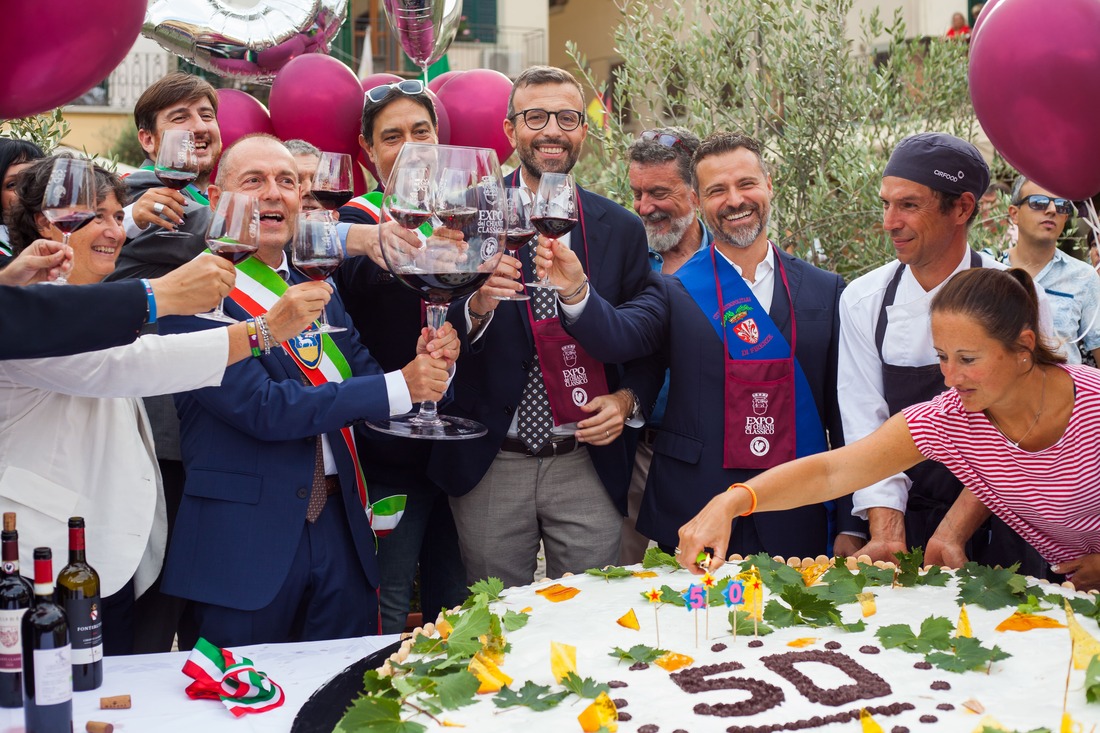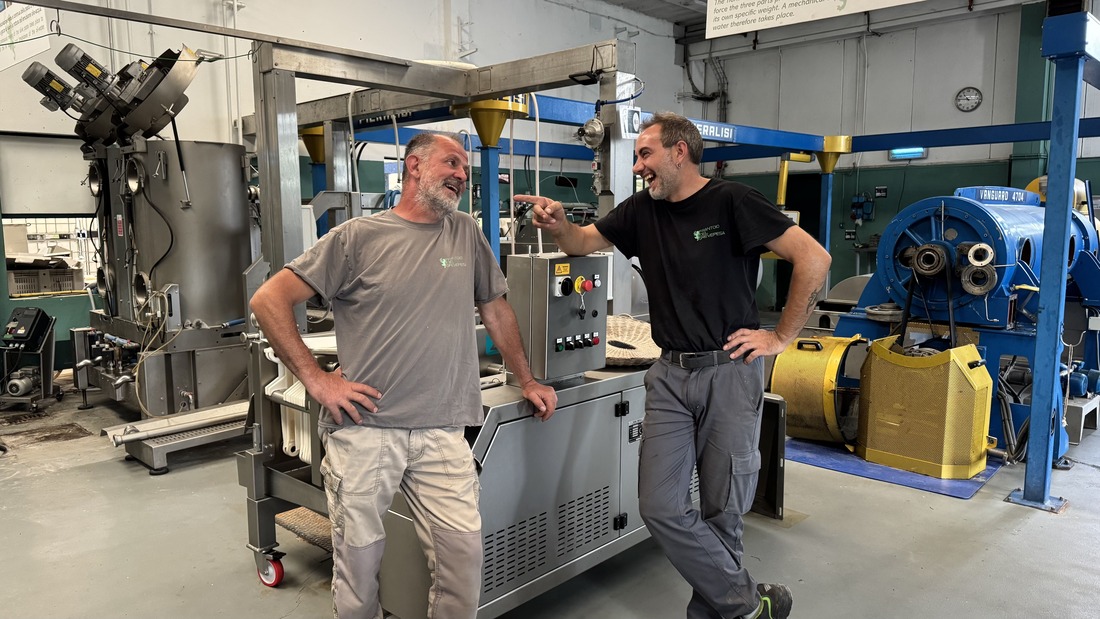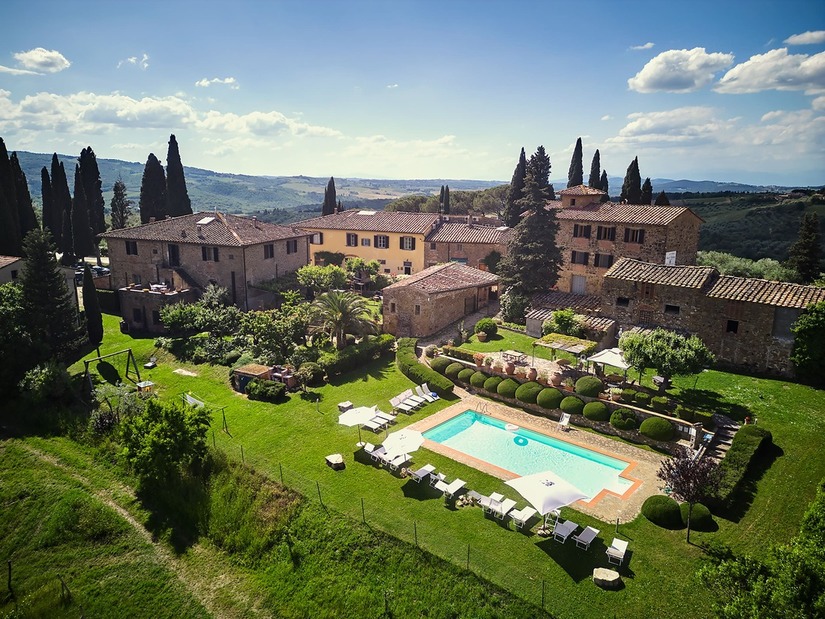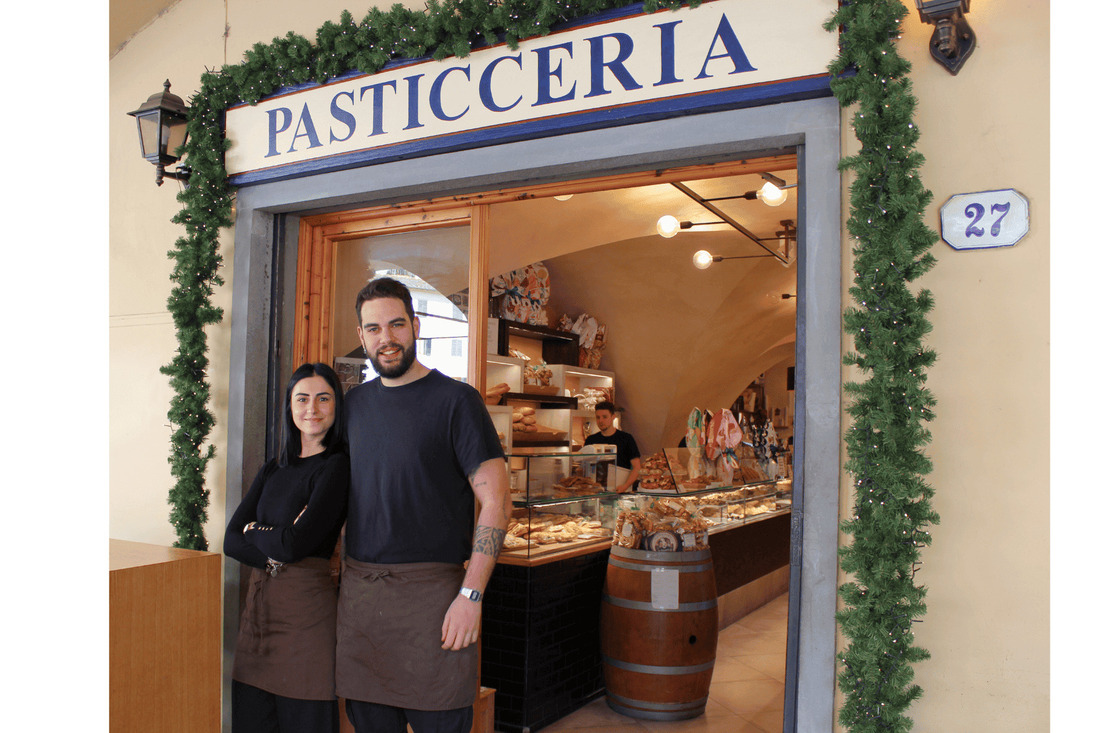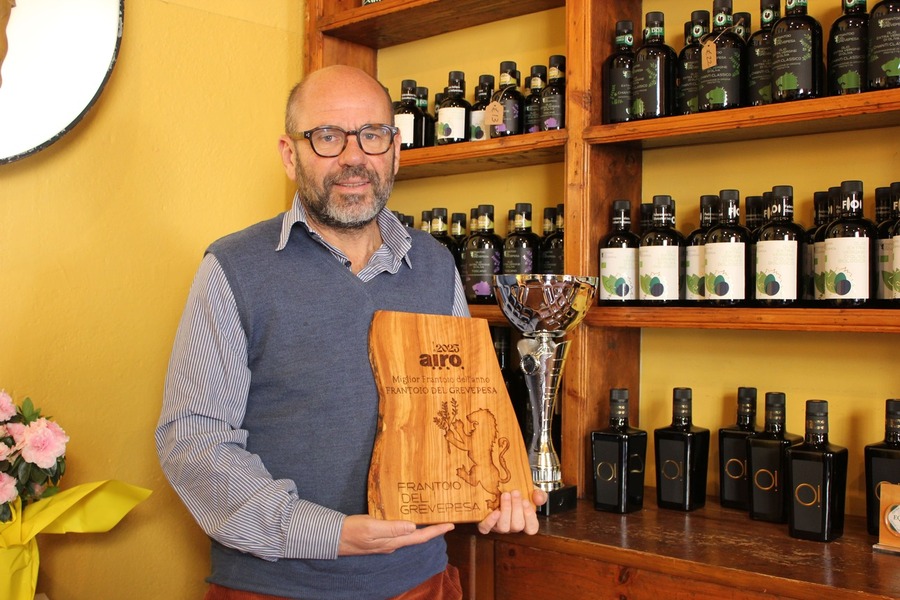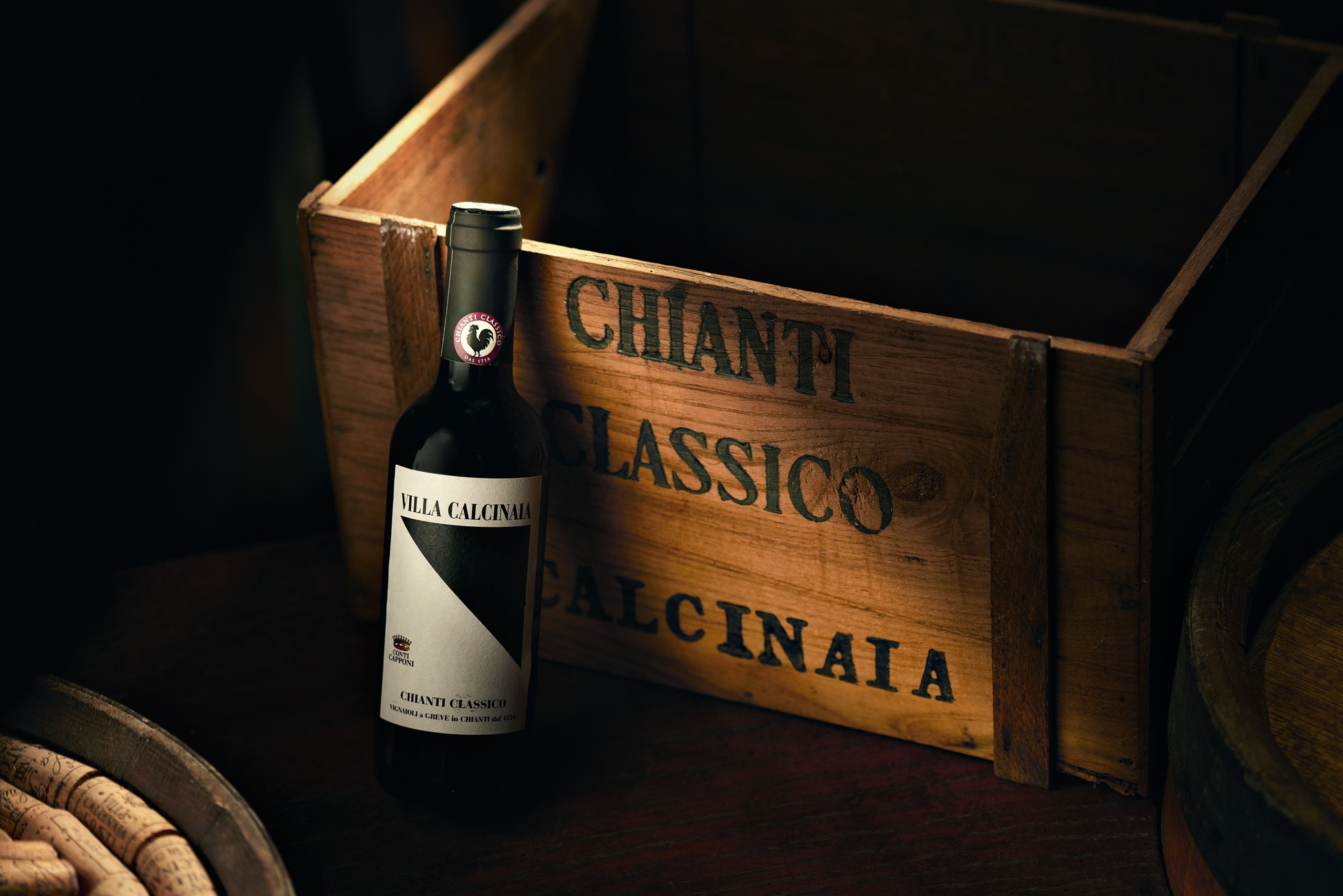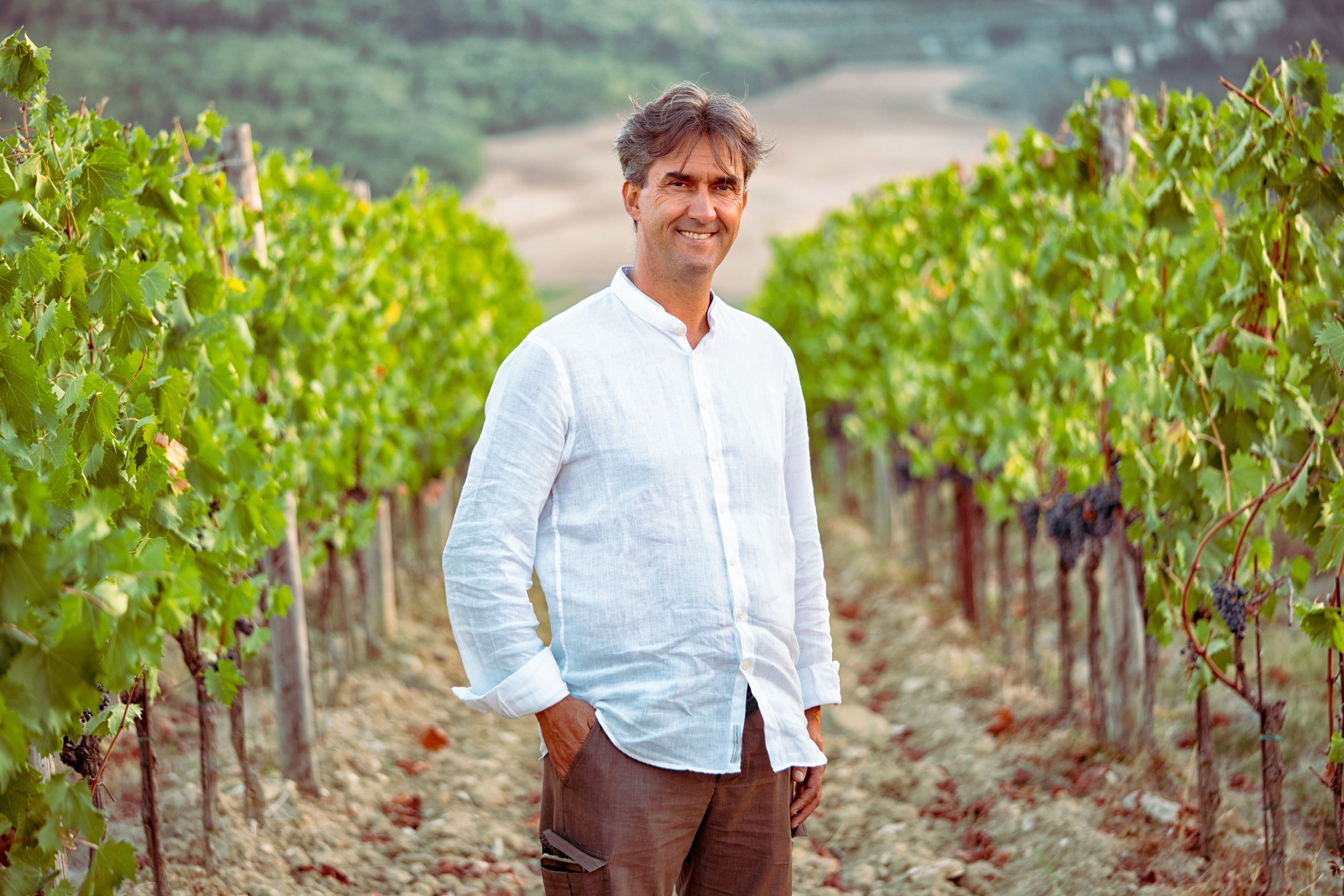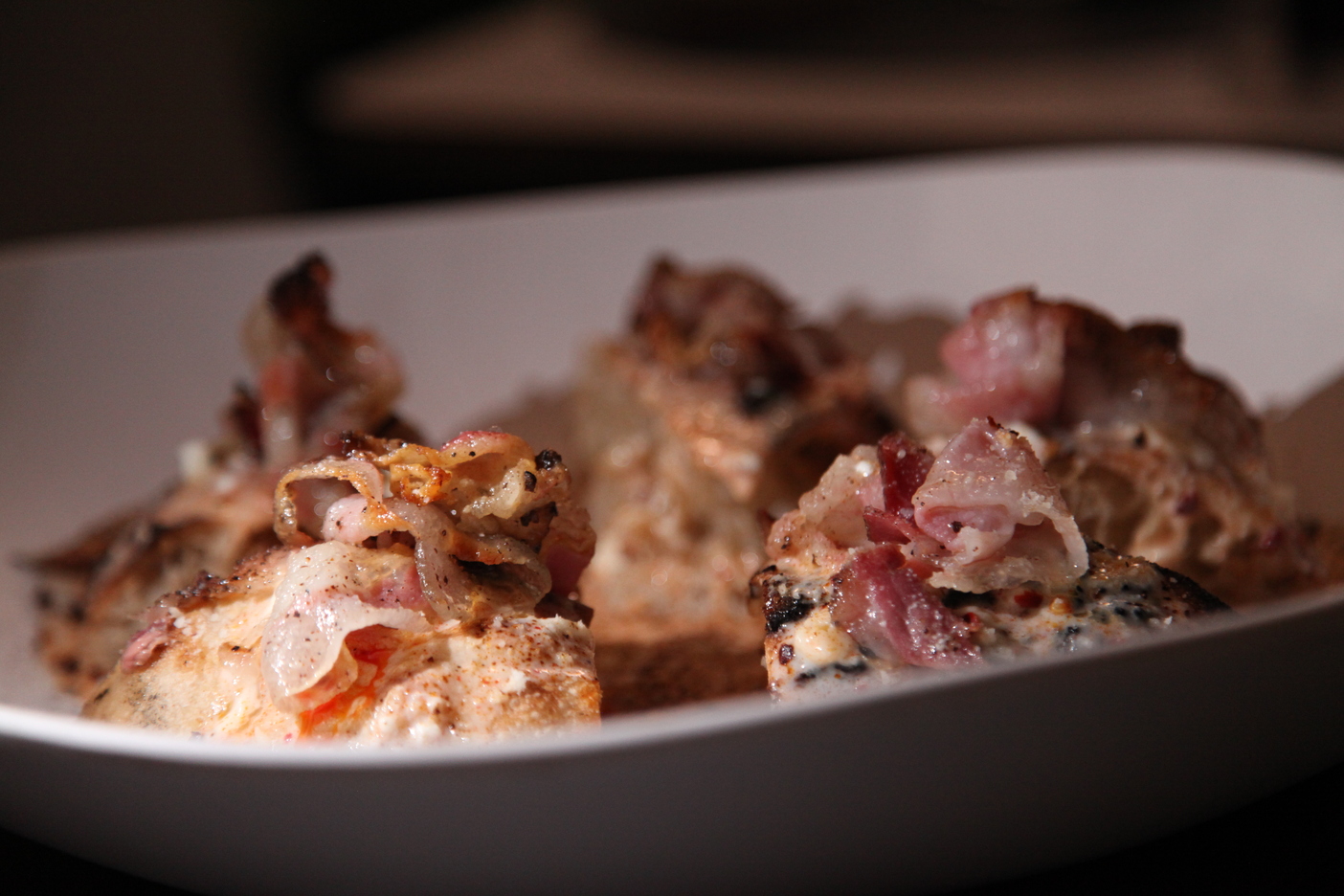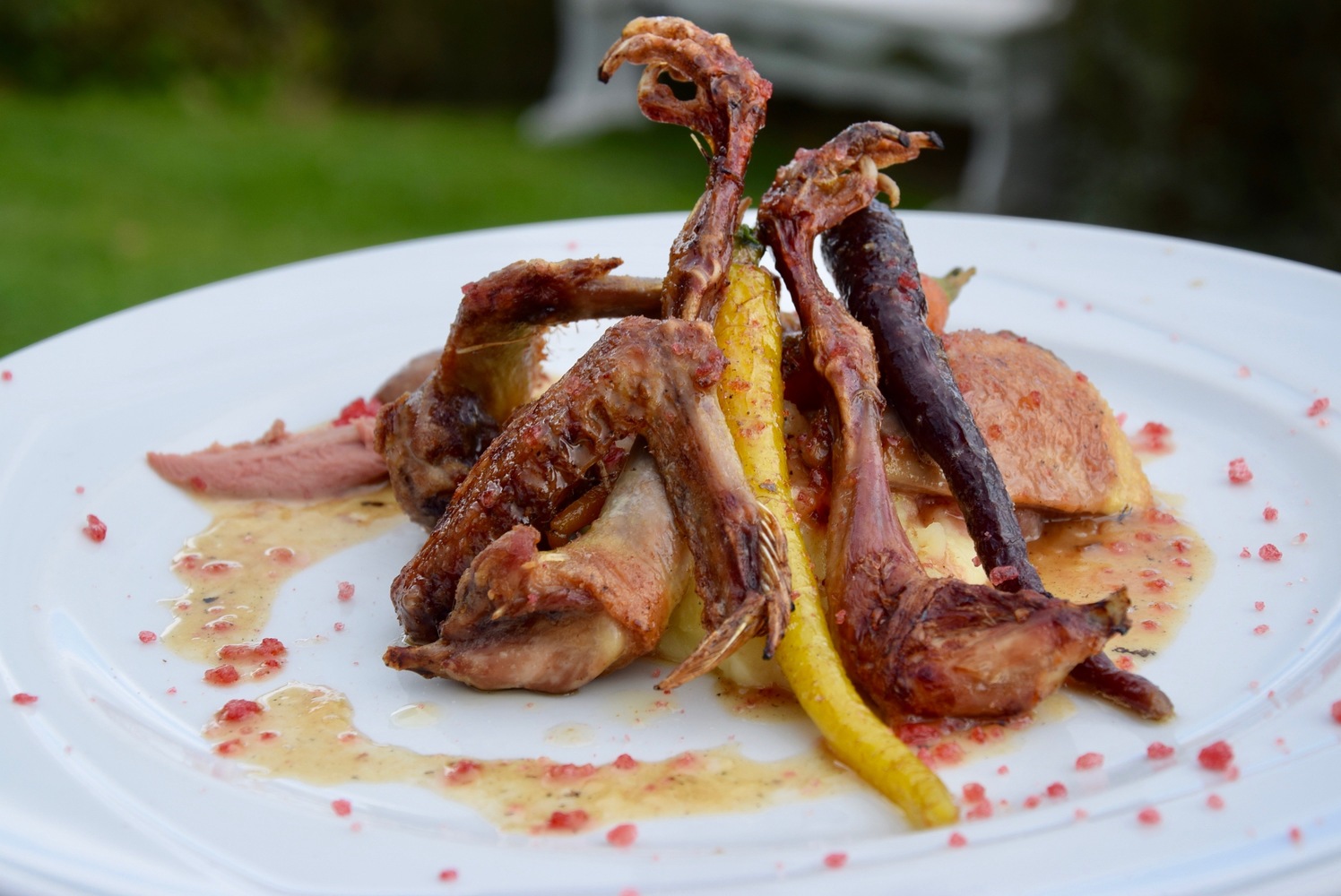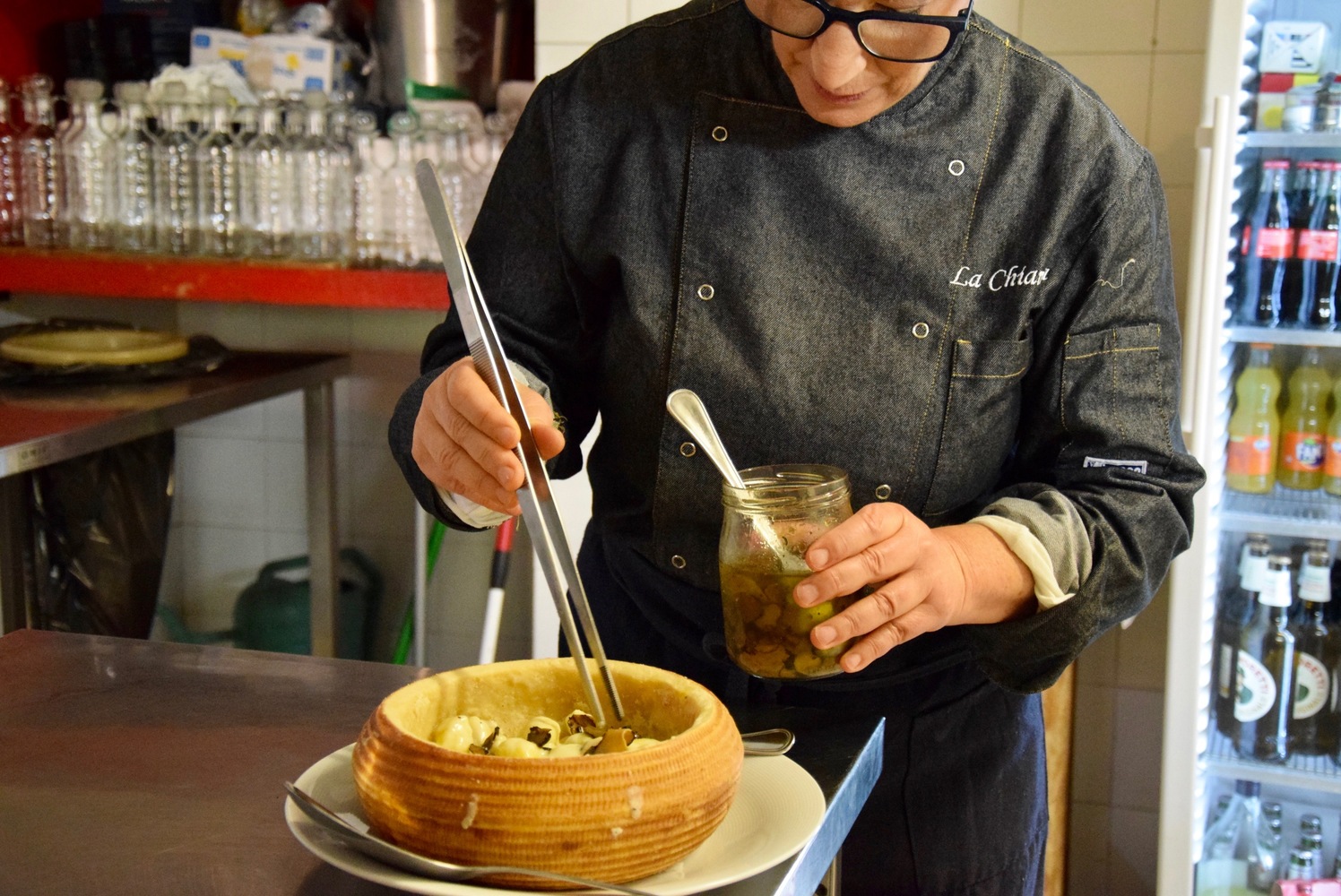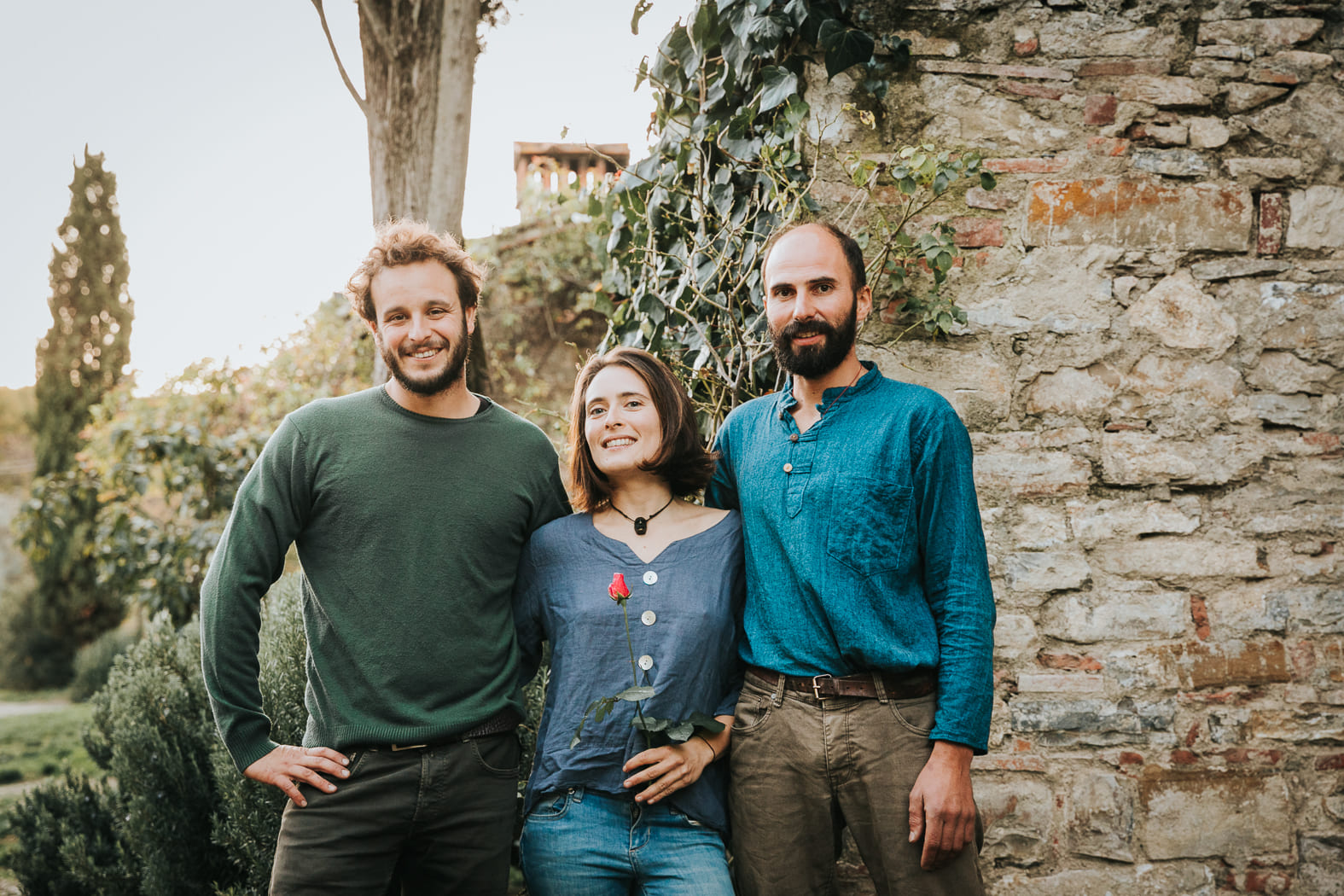Every edition draws thousands of visitors, both Italian and international, who come to experience an authentic journey made of flavors, traditions, and stories to hear—and above all, to taste.
read more >Category: Catering & Producers
One of the Frantoio’s central goals is to strike the perfect balance between exceptional quality and satisfying yield.
read more >Native grape varieties—Sangiovese, Canaiolo, Colorino, Malvasia—coexist harmoniously with international ones such as Merlot and Cabernet Sauvignon, introduced in past centuries but now fully integrated into the local wine landscape.
read more >Croissants, rice puddings, flatbreads, celebration cakes, and colorful mini pastries share space in the same display case, offering a range that suits every taste yet remains consistently rooted in one principle: artisanal quality. The classics of Florentine pastry—Torta della Nonna, Fedora, and others—stand alongside modern creations like Bavarians and cheesecakes. And of course, bread remains a cornerstone, available in various types and doughs, along with pizza, focaccia, and stuffed sandwiches.
read more >Under the leadership of Filippo Legnaioli—President for many years—the cooperative has grown in strength and status, now recognized as one of the key players and finest producers in the Chianti area.
read more >Examples of dishes that fully express Gallo Nero’s philosophy and the complexity of its recipes include ribollita-filled ravioli with cannellini bean cream, tomato coulis, and crispy black cabbage; pappa al pomodoro-filled ravioli with Parmesan cream and basil powder; and green ravioli filled with rosticciana, served with potato cream and aromatic bread crumble.
read more >Giacomo decided to plant eight of these minor varieties in eight small pigole—the Tuscan term for small, irregular plots of land. These ancient, lesser-known grape varieties, each with its own history and personality, included Canaiolo, Malvasia Nera, Colorino, Pugnitello, Mammolo, Ciliegiolo, Foglia Tonda, and Abrusco. These grapes tell the story of a land that continues to evolve while proudly preserving its heritage.
read more >The 500 years of Villa Calcinaia are not only a tribute to the past, but a declaration of intent for the future. The Capponi family continues to work to keep Chianti Classico among the world’s excellences, combining the rediscovery of ancient vine varieties with innovative techniques to address modern challenges, such as climate change.
read more >The farm is renowned for producing single-variety oils from Tuscan native varieties, studying as many as 16 different types. The commitment to quality and the search for new varieties continues today, with an approach that blends tradition with experimentation.
read more >With the arrival of the first autumn mushrooms, the kitchen lights up with special proposals: spaghetti alla chitarra with fresh mushrooms, melted three-milk cheese, the iconic Fiorentina covered with mushroom caps, the fillet, the tagliata are just some of the proposals of the autumn menu of “La Castellana”.
read more >But let’s get to the tasting that was dedicated to us: we start with the curious, opulent, speciality of the pizzeria, that “Scarpetta” which refers to the same all-Italian custom, made with ‘Authentic Integrated Grinding Flour’ from the famous mill mentioned above .. Our ‘scarpetta’ (small shoe) is with “Pecorino fondue, nduja, crispy bacon and pepper powder” and is an extra-menu, recurring in the restaurant that follows the best of the market. Large and baroque alveolation, it seems that it opens and closes like an accordion, perfectly absorbing the ‘sauce’.
read more >We meet the Milanese chef – but Tuscan by adoption – Alessandro Chiesa, while he’s baking strictly homemade bread in a wood oven: he has been at the reins of the brigade for a year now… – being in a castle let’s say “at the reins of his kitchen garrison!”
read more >Here we can taste traditional Tuscan and Chianti dishes and wines, punctually served à la carte; or sit in the back garden for a bucolic, ‘boxed’ picnic, recalling our childhood.
read more >There is a real air of novelty at the Loggia del Chianti: from this year Simone resumes his role in the family business, determined to leave his mark in what has always been his parents’ place.
A professional rugby player, in the past he has dedicated time and love to this family project, but lately he has understood that to take a step forward he had to dedicate all of himself to the restaurant.
The La Chiantina restaurant, a true reference point for many Castellina gourmets, changed management six years ago, with Salvatore D’Alessandro, manager and pizza chef of the restaurant at its head.
read more >In Grignanello today wines without added sulphites are produced following rigorous biological and biodynamic canons. The vineyards, more than 50 years old, extend for about five and a half hectares and are composed of the historic Chianti varieties: Sangiovese, Canaiolo, black Malvasia, Colorino, Trebbiano, and long white Malvasia. In the cellar, an evocative and magical environment, vinification is carried out in beautiful terracotta amphorae from Impruneta, from which red, macerated white and rosé wines are obtained, with an experimental production of passito.
read more >